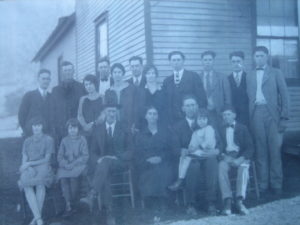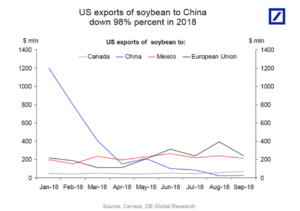I live in the country, but work in the city, one with the second or third worst traffic (depending on who you ask) in the United States. The stop-and-go traffic is more than annoying. It’s soul-sucking and dangerous to one’s health.
The company I work for moved their offices to a place nearer to the heart of the city. This means that it is much more difficult to reach by car, adding a ridiculous amount of time to my daily grind of a commute. When they announced this move, I flung myself into research mode, determined that I was going to find a functional alternative to driving. This office move placed me near the Amtrak train station and to some Link Light Rail stops. Hmmm, could I potentially take an Amtrak train to work each day, right from my little town? No other service comes this far north.
Hidden on the Amtrak site is a multi-ticket option where you can purchase a monthly pass for a fairly decent price. It takes some real work to find it, though. My persistence was rewarded. “So”, I thought, “let’s give this a try”.
It’s now been nearly three months of taking the train into downtown for my daily commute. It only travels once a day, so, I can’t miss it. If I do, I’m stuck with driving or trying to take a bus further south. Fortunately, there’s only been one time that I missed it in the morning, when there was a multi-car accident on the bridge getting me off the island. I just couldn’t reach the train station in time. It forced me to drive that day and I hated it.
The advantages of train travel are numerous. My stress levels are nearly non-existent. Once I’m on that platform, I’m all smiles. I board the train and find an expansive seat. There is a bistro for coffee and food, restrooms for those so burdened, and free wi-fi (okay, not terribly powerful broadband, but free) for any working and edification needs. (Don’t tell the boss that I’m leveling up on any of my games, though.) The porters are incredibly good at what they do, too. They are friendly, engaging, and quite insistent that you make your stop. The Amtrak app works very well, letting you check the time of your train, buy tickets, or research routes.
There are drawbacks, however. Most of them concern the lack of improvements to infrastructure. Trains still run at the same speed they did in 1966 and are substantially slower than trains in most of the developed world. There are single tracks on most of the journey, carrying freight and passengers both directions. This means a number of delays while trains wait on sidings for traffic to pass. The older train cars, which are most of them, are in need of some repair.
It’s one of those items in the federal budget that isn’t very expensive. Train travel could be massively improved if there were just a bit more money injected into our rail system. The Amtrak budget, over the years, has been squeezed to death. In the 70s and 80s, the government tried to eliminate Amtrak, but train travel is just too popular. My train is often full to capacity.
Over the past 10 years, smaller towns have started building their own train stations along the existing tracks, petitioning Amtrak to stop there. That’s how my town obtained a stop. It’s been a significant benefit to the local area, especially as the traffic south of us has become nearly impassable. A trip from here to Portland should be about 4 hours but takes up to 9 because of the traffic. The train gets me there in about 5, including a nice lunch, restrooms and wi-fi. Why not expand this route and eliminate some of the awful traffic on I-5?
So, it isn’t just our broadband that needs to reach rural America. Our transportation infrastructure needs help, too.



 Our $14B in annual soybean sales to China has quickly fallen to $0 as of November of 2018. They’re now buying their soy from Brazil. With the Trans-Pacific Partnership agreement going into effect today, our
Our $14B in annual soybean sales to China has quickly fallen to $0 as of November of 2018. They’re now buying their soy from Brazil. With the Trans-Pacific Partnership agreement going into effect today, our